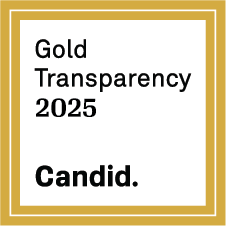Active banners: 2 Visible banners: 2
Banner ID: 12 Has content: true
The Telling Room call to submit Youth Writing and Youth Art Exploring Climate Change
Banner ID: 13 Has content: true
Hi, educators! Share your student reach in our short Impact Survey 📚 Survey Link
Life Cycle Analysis of a Chicken Nugget
Provided by: ASU Global Futures |Published on: July 20, 2021
Lesson Plans
5678910
Synopsis
- In this activity, students will use prior knowledge, online research, and discussion to examine the production, distribution, use, and disposal of a familiar food item, the chicken nugget.
- Students consider the sustainability impacts of this product and imagine “a day in the life” of one of the many people whose job includes a part of this lifecycle.
- This resource includes a Google Slides presentation, worksheet, and activity cards.

Subjects: Science, Economics
Authors: ASU Global Futures
Region: North America, United States
Languages: English
Teaching Materials
Positives
- This lesson is relevant to middle and high school students who will be easily engaged by the fast-food and consumer waste context.
- The Engage component of this lesson has a hands-on student activity with cards, that encourages students to work together and share information.
Additional Prerequisites
- Students should already have a working knowledge of sustainability and its three components (social, economic, and environmental).
- The slide notes have extensive background information, which can help teachers better facilitate discussion. The slide notes also include videos to provide additional context.
Differentiation
- This lesson could be taught in an economics class, especially if the topics of life cycle analysis and circular economy are relevant.
- The videos linked in the slide notes could help provide context for English language learners who may be less familiar with the terms.
- Students can connect prior knowledge and information from the PowerPoint to outline the environmental impacts of a specific stage in the manufacturing process using a role-play activity.
- The lesson includes many opportunities for extension such as creating a life cycle system diagram or building a circular economy solution for the sustainability problems that this lesson highlights.
Scientist Notes
Teaching Tips
Standards
Resource Type and Format
About the Partner Provider

ASU College of Global Futures
The ASU College of Global Futures is committed to creating and providing curricular resources that span a diverse range of topics--including food systems, sustainability, quality of life and well-being, decision-making for sustainability, and much more. The lessons are applicable for grades 6-9 with variations presented that will enable teachers to tailor the activities for more ages outside of that range.
All resources can be used for your educational purposes with proper attribution to the content provider.



